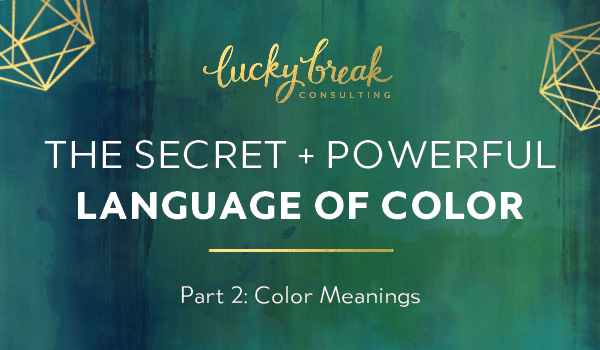
In Part 2 of today’s installment of our color series, we’re diving into color associations and how we can leverage color to influence buying decisions and help send the right messages to our customers. If you missed Part 1 of this series, Demystifying Color Theory, we welcome you to catch up here.
So how important are your brand’s colors and are your current colors sending the right message? The colors you select for your brand can have a HUGE impact on your bottom line. According to a study, Impact of Color on Marketing, people make a subconscious judgment about a product within 90 seconds of initial viewing and up to 90% of that assessment is based on color alone. Think about that, again: up to 90% of a quick judgment (read: I like it or I don’t) is based on COLOR, alone!
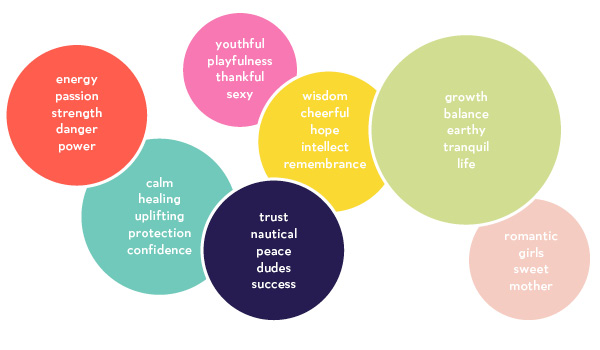
Colors have a long history of unspoken associations and, while these meanings can vary from person to person, depending on a multitude of factors, including social, geographical and cultural influences, there are some broad associations worth noting. Take a look at the color chart above and see if you agree with any of these color associations.
There’s a mountain of information and research in this field that might be worth noting if you’re looking to up your game and make sure your brand’s choices are spot on. Evidence unanimously supports that color is vital to how your brand communicates to buyers. Some of my favorite resources include, Colorcom, Color Matters, this article by Fast Company, this interactive tool by Canva and Colour Lovers. These sources will help you evaluate your color choices to see if they’re catapulting your business forward or holding you back.
It’s also important to note that strong evidence suggests it’s not merely the color associations (such as blue = trust) that leverages color power, but rather your overall brand personality, with color as a key component. Research uncovered by Help Scout, shows idiosyncrasies in color meanings, including color preferences by gender, that allow you to drill even deeper into color analysis over broad color associations and connect the power of color to your brand’s personality.
Finding and selecting a winning color palette for your business is no easy feat, but the end result can make BIG things happen for your business. If you find these color resources valuable or have some favorites of your own to share, please leave a note in the comments. We’d love to hear from you!
Revisit The Secret Language of Color Part 1: Building Powerful Color Palettes
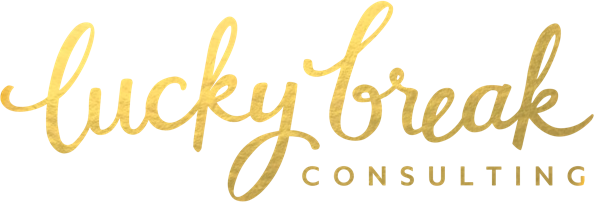


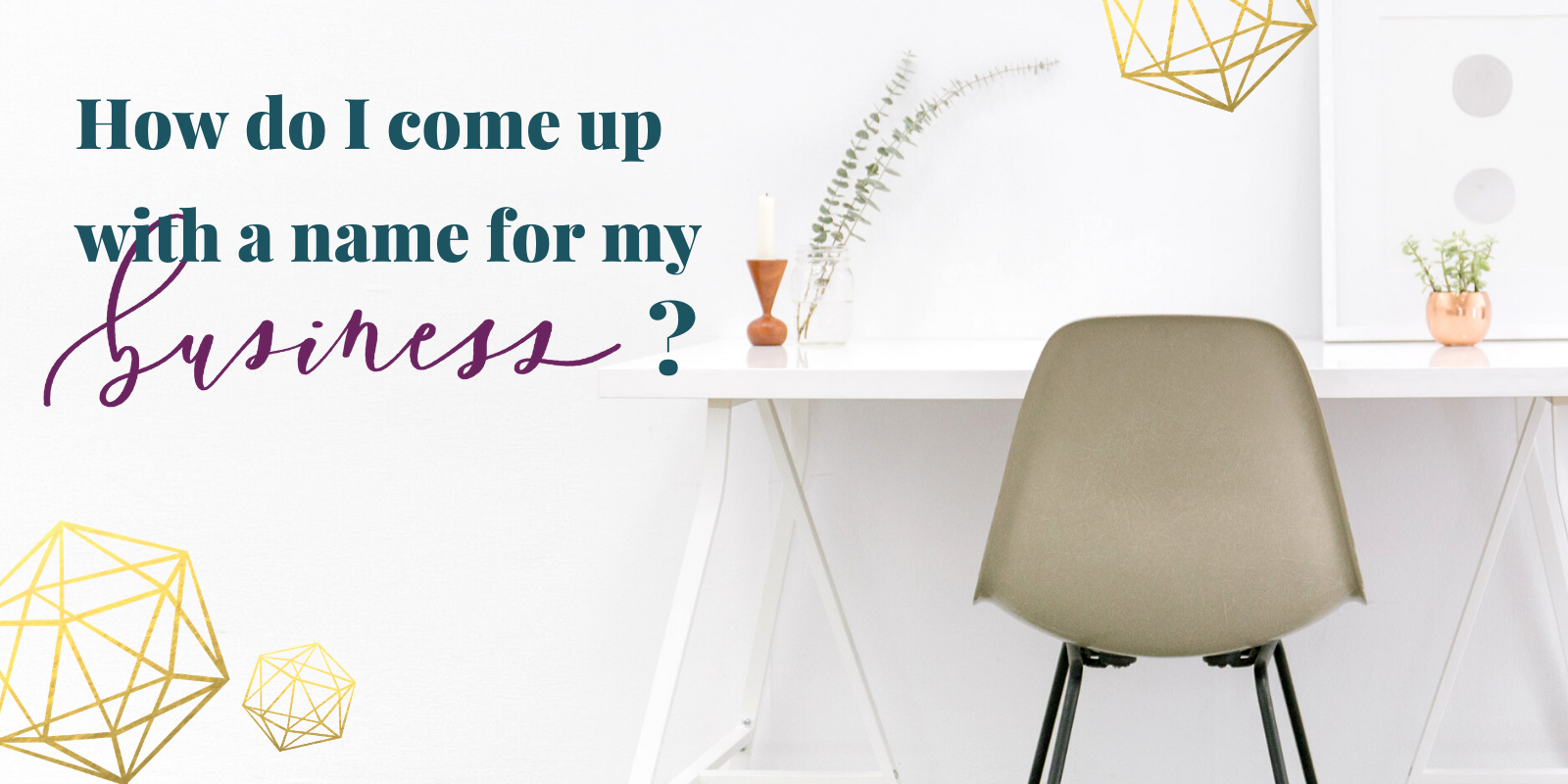
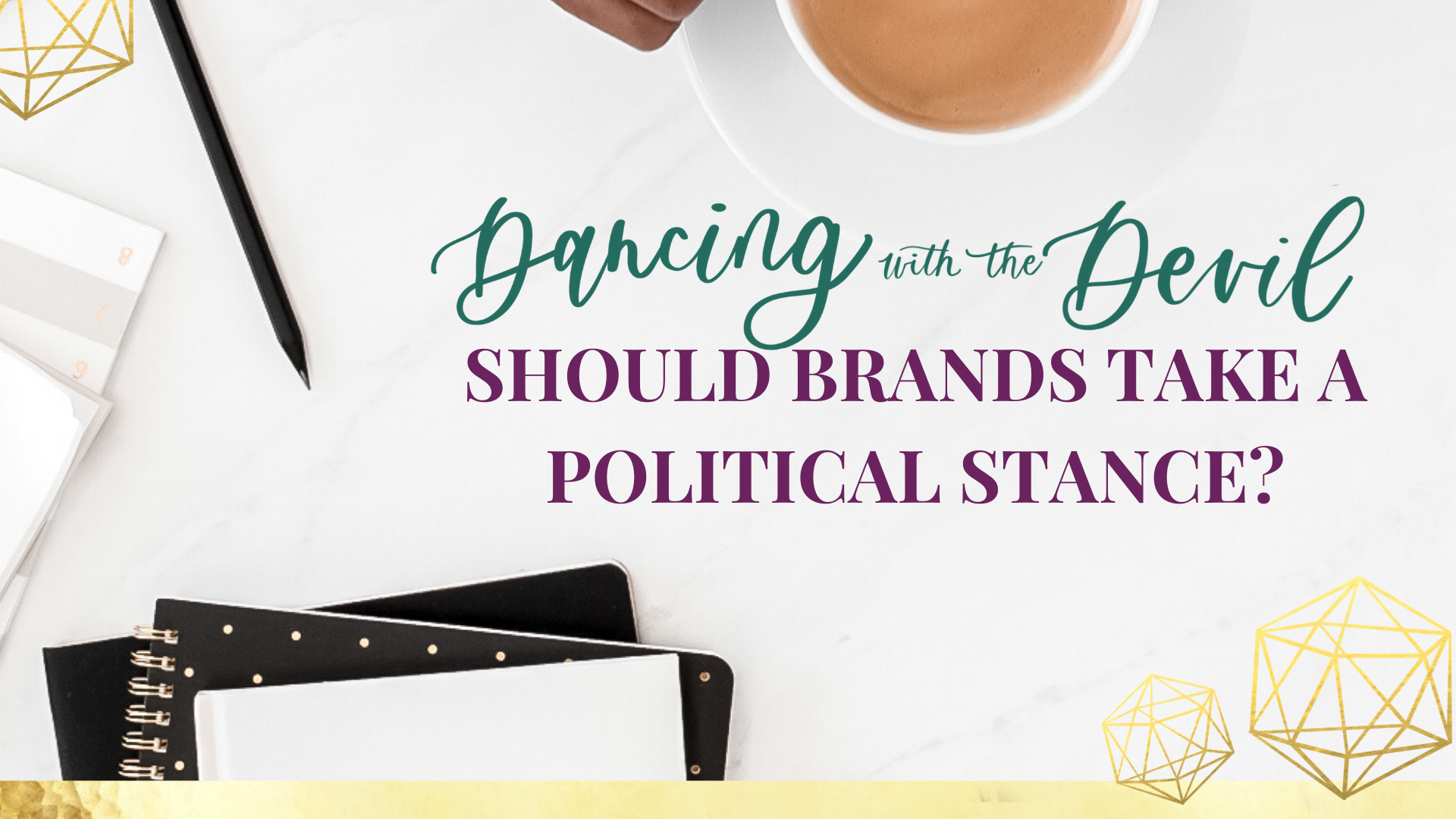
It’s funny – the colors we chose “mean” what we want to say! Sometimes you pick colors because you like how they look together & it just so happens to work out 😉